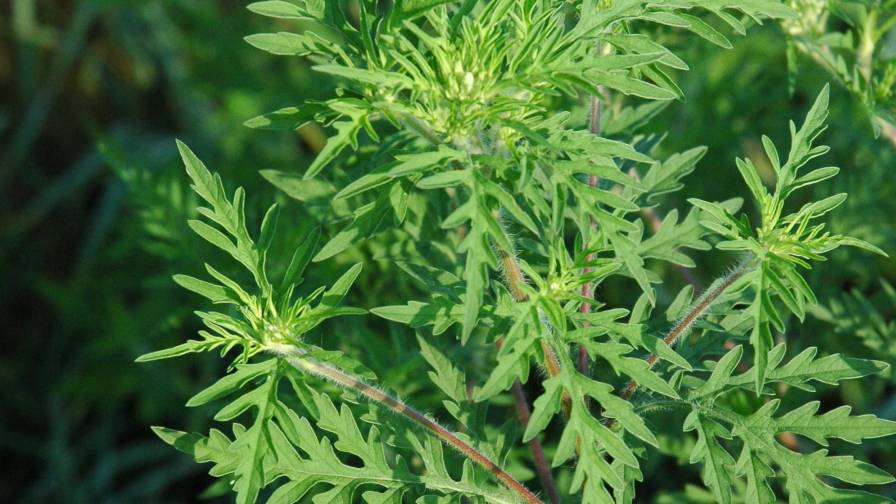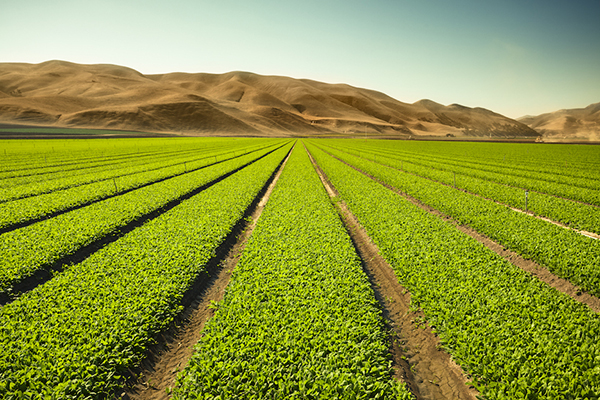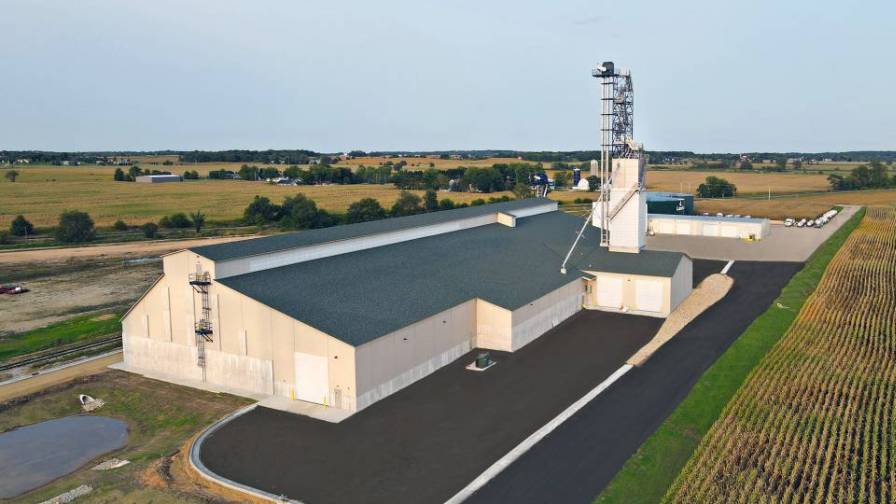In-Field Management: Tech Tools for Scouting Soybeans
With planted soybean acres estimated at 85 million in 2020, a healthy 10 million more than last year’s devastated season, there will be plenty of attention paid to scouting this year’s crop throughout its growth cycle. Fertility variation can strike anywhere, and regional problems in the form of weed escapes, diseases, insects, and soil-borne threats such as Soybean Cyst Nematode and Sudden Death Syndrome will keep professionals on their toes all summer long.
“Soybean scouting had become kind of a lost art, but it’s really come back,” says agronomist Todd Steinacher, a member of the CCA board in Illinois and contributor to the Illinois Soybean Adviser website. “Now, we have a lot of tools at our disposal, which makes the scouting process more enjoyable.”
Not unlike corn scouting, which was covered in the May issue, data that’s collected during planting provides a fascinating window into the state of the soybean crop throughout the season. Dan Frieberg, President of Iowa-based Premier Crop Systems, says many of his farmer-clients are varying and recording the planting rate of their soybeans.
“They are backing off populations in the best areas and seeding at higher rates in the more challenging areas,” notes Frieberg. They constantly check those rates with Learning Blocks, Premier’s trademarked field trial service, or Enhanced Learning Blocks, which are replicated trials. And he adds, “seeding rate is one of the map layers available so they can use that layer when checking stand counts, emergence scores, or identifying a trial area.”
For in-season scouting, imagery is becoming a more compelling tool for monitoring crop progress and health. Whether it’s via drone, airplane, or satellite, “just being in the air and seeing the overall quality of a crop, looking for areas of deficiency, or going into more detail looking at the heat signature and the overall health of the plants,” says Steinacher. You can see how the plants are handling stress, he adds, and it can reveal field areas that need a scout’s attention.
Tying Data Together
Technology and systems that make data accessible through a central program or dashboard are proving to be increasingly valuable for service providers. Along with the ability to make timely in-field decisions based on a deeper data array, farmers are more easily able to interact with their service providers and the data itself.
Premier Crop has a mobile app, DataView, that lets the grower or adviser access 30 map layers for each of their fields while they are in the field, or really anywhere at any time,” says Frieberg. “Our goal with DataView wasn’t to offer another scouting app, but rather a way to deliver information to growers as part of our mobile strategy.”
Many farmers are finding value in the availability of data all in one place. Minnesota farmer Josh Gackle still does a lot of scouting the “old-fashioned way,” but he’s also gaining benefits using the FieldView app. “We use a lot of the applications for planting, chemical application, and harvest, especially the field imagery, throughout the season,” says Gackle. He views weekly satellite imagery as the canopy develops to note problem issues that he can target for in-person scouting and verification. “Knowing where you need to look is the first step in finding issues, and this is where it’s helpful,” he adds.
The resolution provided by FieldView is beneficial for farmers who are directly engaged in the crop production regimen because it works best when paired with personal field knowledge. “It’s been a huge help for us, even though we’re not using it to the greatest extent,” says Gackle. “I can quickly and easily access records via mobile phone or tablet, and find anything.”
Another useful data tool that’s growing in popularity is the ability to provide farmers with a tool to connect with agronomic experts in real time on a problem. The AgriSync app, originating from the service provider and offered to farmers, allows a scouting farmer to reach an expert agronomist via cell phone and share images of the field problem live. It’s essentially a “hotline” that rings to multiple agronomic experts, affording a better chance that the call will get answered immediately.
“This is a unique offering that I think has a big role in our future,” says Frieberg. “It allows teams of experts to support growers or interns — the whole “let me see what you are seeing” solution. It’s a great way to stretch the experts over more acres.”






